How Are Foreign Transaction Fees Calculated: A Clear, Practical Guide
Author: Jameson Richman Expert
Published On: 2025-11-01
Prepared by Jameson Richman and our team of experts with over a decade of experience in cryptocurrency and digital asset analysis. Learn more about us.
How are foreign transaction fees calculated is a question many travelers, online shoppers, and global businesses ask before making purchases abroad or in foreign currencies. This guide explains exactly how these fees are determined, breaks down the math with clear examples, compares card networks and issuers, covers ATM and merchant scenarios (including dynamic currency conversion), and provides actionable strategies to minimize costs.
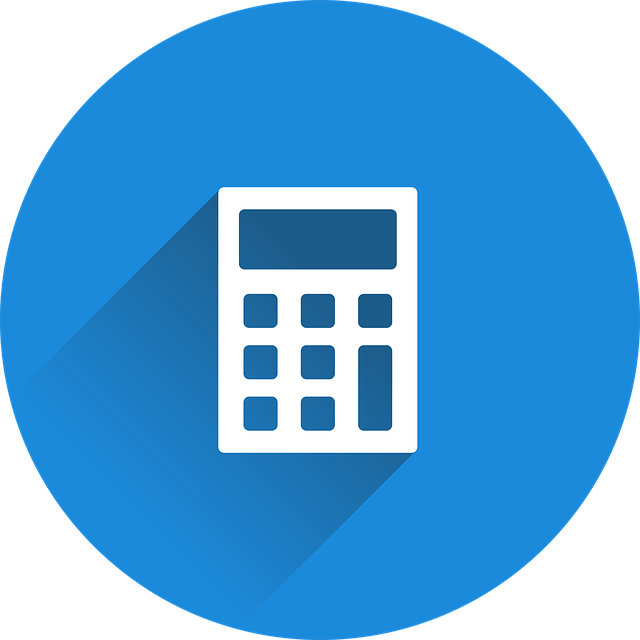
What is a foreign transaction fee?
A foreign transaction fee is a charge applied when you use a payment method (credit card, debit card, ATM card, or online payment service) to make a purchase or withdrawal in a currency different from your account’s currency or when the transaction is processed outside your home country. Fees typically appear as a percentage of the transaction amount, though fixed fee components can apply for ATM withdrawals.
Key terms:
- Issuer fee: Fee your bank or card issuer charges (often 0%–3%).
- Network/processing spread: Exchange rate markup or conversion fee built into payment network (Visa, Mastercard) or processor.
- Dynamic Currency Conversion (DCC): Merchant option to charge in your home currency at a merchant-decided rate, often with a higher markup.
- ATM/withdrawal fees: May include ATM owner fee, network fee, and issuer fee.
Where do foreign transaction fees come from?
Three parties typically contribute to the final cost you pay:
- Payment network or processor (Visa/Mastercard): Converts currencies using an exchange rate that may include a small markup above the mid-market (interbank) rate.
- Card issuer or bank: Charges a foreign transaction fee as a percentage of the converted amount (commonly 1%–3%).
- Merchant or ATM operator: May charge local ATM access fees or offer DCC with its own markup.
Sometimes only one or two of these apply. For example, if you use a card that waives issuer foreign transaction fees (many travel cards), you might still face the network’s exchange rate spread or an ATM operator fee.
How are foreign transaction fees calculated? The formula
Below is a generalized formula showing how the final charge is computed. Exact order and components vary, but this covers the typical flow for a card purchase made in a foreign local currency and billed in your home currency (assume home currency is USD):
Step-by-step formula:
- Start with the transaction amount in local currency (LCY).
- Network conversion: LCY converted to home currency using the network exchange rate (which may include a network spread over the mid-market rate).
- Issuer foreign transaction fee: applied as a percentage of the converted amount (if your issuer charges one).
- Any additional merchant or ATM fees (like DCC markups or ATM operator charges).
Mathematically:
Final Charged Amount (home currency) = (LCY × NetworkRate) × (1 + IssuerFee%) + ATM/MerchantFees
Where NetworkRate is the exchange rate used by Visa/Mastercard or the processor at time of settlement.
Concrete example: Card purchase in euros
Scenario:
- Purchase: €150
- Network (Visa/Mastercard) conversion rate used: 1 EUR = 1.10 USD (network may use mid-market 1.095 but charges 1.10)
- Issuer foreign transaction fee: 2% (typical for many US credit cards)
- No merchant DCC
Step 1 — Convert to USD using network rate: €150 × 1.10 = $165.00
Step 2 — Apply issuer fee (2%): $165.00 × 0.02 = $3.30
Final charged amount = $165.00 + $3.30 = $168.30
Effective fee over the original local amount equals $168.30 − (€150 × actual mid-market rate). If mid-market was 1.095, the difference comes from the network markup and issuer fee.
Example: ATM withdrawal with multiple fees
Scenario:
- Withdrawal: 2000 JPY
- Network conversion: 1 JPY = 0.007 USD → 2000 JPY × 0.007 = $14.00
- Issuer foreign transaction fee: 2% → $14.00 × 0.02 = $0.28
- ATM operator fee assessed by ATM owner: $5.00
- Some issuers also add an ATM usage fee (flat $3.00)
Final charged amount = $14.00 + $0.28 + $5.00 + $3.00 = $22.28
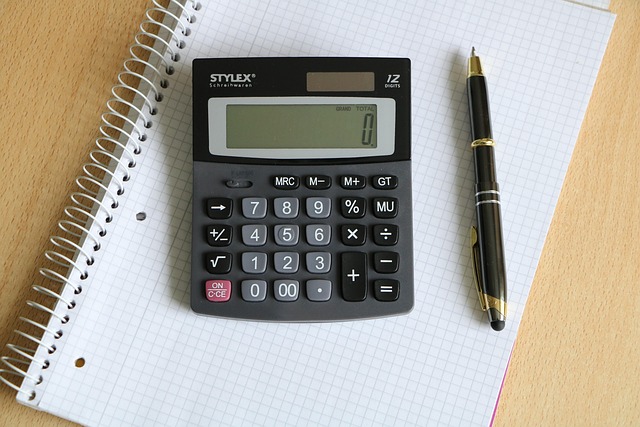
Understanding network conversion rates vs mid-market rate
Card networks (Visa, Mastercard) publish conversion rates used to convert transactions into your billing currency. These rates are often close to, but not identical with, the mid-market interbank rate. The difference is effectively a hidden markup known as the FX spread.
To compare: check a live mid-market rate source such as the European Central Bank or a reputable financial site, then compare to the rate your issuer/network used in the transaction statement. Visa and Mastercard often provide the exact exchange rate applied; see Visa’s information on exchange rates and currency conversion for cardholders for more details at Visa’s support pages.
High-authority resources to learn more:
- Foreign exchange market — Wikipedia
- Consumer Financial Protection Bureau (CFPB) — consumer guidance on fees and travel finance
- Visa: Exchange rate details
Dynamic Currency Conversion (DCC): How it changes the math
DCC is when a merchant or ATM offers to charge your card in your home currency instead of the local currency. That sounds convenient, but DCC rates typically include a significant markup. If offered DCC, you’ll see the merchant’s converted amount in home currency at the point of sale with an option to accept or decline.
If you accept DCC, your cost calculation switches to:
Final Charged Amount = (LCY × MerchantDCCRate) + MerchantDCCFees + IssuerFeesIfApplied
Because the merchant’s DCC rate is often worse than network rates and may hide markups, the general advice is: always choose to pay in the local currency and let your card network/issuer do the conversion — unless your issuer explicitly guarantees zero foreign transaction and guaranteed mid-market rates.
Common foreign transaction fee rates and who charges them
Typical ranges and who charges what:
- Issuer foreign transaction fee: 0%–3% of transaction (many travel credit cards waive this fee).
- Network conversion spread: Typically 0%–1% above mid-market for large networks; varies by network and date.
- DCC merchant markup: 1%–10% or more; unpredictable and often higher than network markups.
- ATM operator fees: Flat fees $2–$6 or more per withdrawal (plus issuer fees).
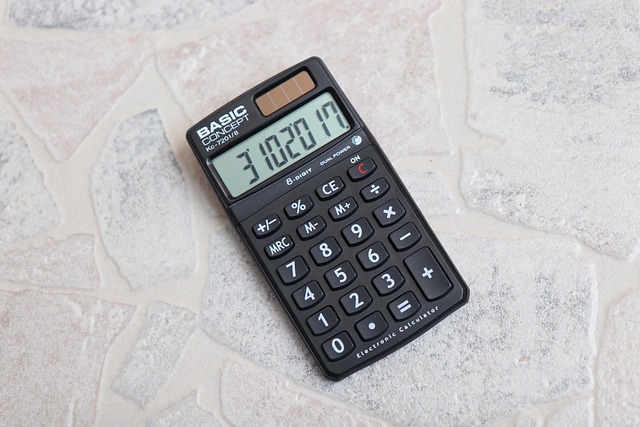
How to read your statement and find the components
Payment statements usually show:
- The original transaction amount and currency (e.g., 150.00 EUR)
- The converted amount in your billing currency (e.g., $168.30)
- Sometimes the exchange rate used or a note like “Visa conversion rate”
- Separate line items for fees like “foreign transaction fee” or “ATM fee”
Tip: Keep transaction receipts showing the local currency amount so you can verify the conversion later in your online statement.
Comparison: Credit cards vs debit cards vs other payment services
Different payment methods have different fee structures:
- Credit cards: Commonly charge issuer foreign transaction fee (0%–3%); often provide better exchange rates and fraud protection. Travel-focused credit cards often waive the issuer fee.
- Debit cards: May have issuer fees and higher ATM fees. Some banks charge a flat fee per foreign ATM withdrawal plus a percentage-based conversion fee.
- Prepaid travel cards / Multi-currency cards (Wise, Revolut, etc.): Often offer mid-market rates with small monthly or per-transaction fees; good for avoiding issuer foreign transaction fees and DCC.
- PayPal / online services: PayPal has its own conversion markup and international fees; their rates are often less favorable than mid-market.
- Crypto exchanges or converting crypto: Converting crypto to fiat often has spreads and network fees; using crypto as a travel payment method introduces exchange timing risk and conversion fees.
For detailed comparisons on multi-currency tools and trading information, you may find practical guides useful, such as this overview of chart tools and trading resources: Can I use TradingView charts for free? – Complete guide.
Practical ways to reduce or avoid foreign transaction fees
Actionable steps to save money when transacting internationally:
- Use no-foreign-transaction-fee cards: Get a travel-focused card (many cards from banks like Capital One, Chase Sapphire, or specific travel cards) that waive issuer foreign transaction fees. This eliminates the issuer component.
- Decline DCC: Always choose to pay in local currency — not your home currency — at point of sale or ATM.
- Use multi-currency accounts: Services like Wise or Revolut can hold local currency and convert at near mid-market rates, often cheaper than card conversions.
- Plan cash withdrawals: Use partner banks or fee-free ATMs where possible; consolidate withdrawals to reduce flat fees per withdrawal.
- Monitor exchange rates: Use trusted sources (XE, OANDA) to check if conversion offered matches market trends.
- Consider local payment apps: In some countries, local apps dominate and may be cheaper than card usage.
- Shop around for merchant rates: If you accept DCC by mistake, politely ask the merchant to instead charge in local currency and reprocess the payment.

How merchants and processors set their markups
Merchants negotiate processing agreements with acquirers. Some merchants accept the risk and costs associated with foreign cards; others may opt to offer DCC as a revenue stream. Merchant markups and DCC are influenced by:
- Agreeable profit margins of merchants
- Agreements with DCC providers
- Competitive environment — merchants in tourist areas more often offer DCC
Regulatory and consumer protections
Many jurisdictions require disclosure of fees and conversion rates or restrict certain practices. For consumer guidance in the U.S., the Consumer Financial Protection Bureau (CFPB) is a good resource for general rules and consumer rights. For broader context on currency markets and exchange practices, the foreign exchange market article provides helpful background information.
Special cases: Online purchases in foreign currency
When buying online from a foreign merchant, the same principles apply. You may incur:
- Network conversion spreads
- Issuer foreign transaction fees
- Payment processor fees (some processors add conversion fees)
Always check whether the merchant charges in your currency at checkout. Online marketplaces may display your local currency via their own conversion engines — verify whether that conversion is done by the marketplace (often less favorable) or by your card network (often better).
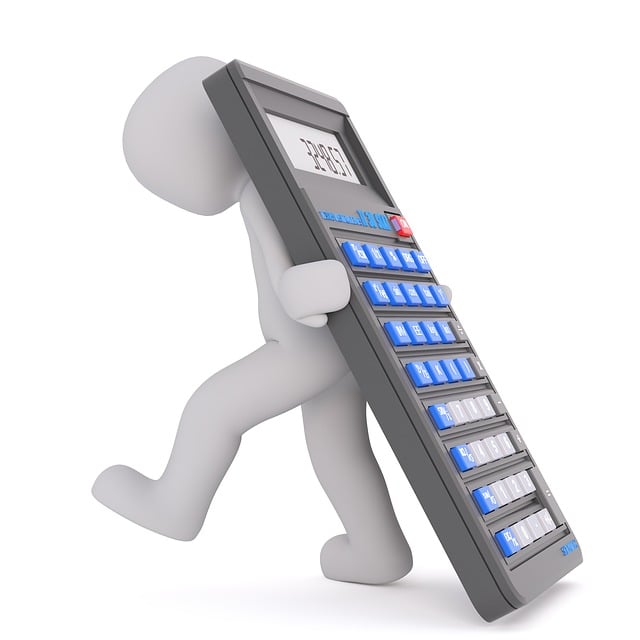
How currency conversion timing affects your cost
Two things can change the amount you pay after the purchase:
- Exchange-rate fluctuations between transaction and settlement: Some card transactions are authorized at purchase but settled later; if exchange rates change, the final settled amount might differ slightly.
- Interchange adjustments: Some card issuers apply updated rates during settlement. You can dispute large variances with your issuer if they look incorrect.
Using crypto platforms and exchanges to reduce FX costs
Some travelers use crypto to avoid expensive bank conversion fees: convert home currency to stablecoin/crypto on an exchange, then convert to local fiat or use merchant services that accept crypto. This approach can reduce costs in certain cases but introduces:
- Timing risk (crypto price volatility)
- Exchange fees and withdrawal fees
- Local acceptance challenges
If you trade or hold crypto to optimize your foreign payments, choose reputable exchanges with transparent fee structures. Examples of exchanges you may evaluate include:
Note: Converting crypto to fiat incurs conversion fees and potential tax implications. Evaluate net costs before using crypto as a regular travel payment method.
Examples: Comparing two scenarios
Scenario A — Standard credit card with 3% foreign transaction fee
- Purchase: 500 GBP
- Network rate: 1 GBP = 1.25 USD → Converted amount = $625.00
- Issuer fee (3%): $18.75
- Final charge: $643.75
Effective markup over mid-market equals network spread plus issuer fee.
Scenario B — Travel card with 0% foreign transaction fee but small network spread
- Purchase: 500 GBP
- Network rate used: 1 GBP = 1.255 USD → Converted amount = $627.50
- Issuer fee: 0%
- Final charge: $627.50
Savings vs Scenario A = $643.75 − $627.50 = $16.25 on a single purchase of £500 — not trivial on a trip with many purchases.
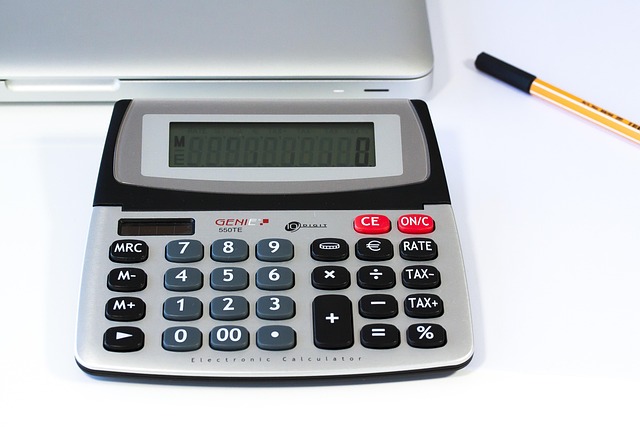
How to audit a foreign transaction on your bill
- Find the transaction and note the local currency amount and date.
- Look for any separate line item for “foreign transaction fee” or “currency conversion fee.”
- Check whether the converted amount includes the exchange rate applied — networks sometimes list the rate and conversion reference.
- Compare the network rate to a reliable mid-market rate (for example, using XE or OANDA on the transaction date).
- If differences look excessive, contact your issuer and request a breakdown or a dispute.
How merchants choose whether to show local or cardholder currency
Merchants can perform DCC at the point of sale if their payment processor supports it. They typically offer instant currency display for customer convenience but with the trade-off of a higher markup. Best practice for consumers is to instruct merchants to charge in local currency.
FAQ — Quick answers
Does the card network charge a fixed percentage?
Card networks don’t always charge a visible “fee” percentage like an issuer. Instead, they apply a conversion rate which may include a tiny markup above the interbank rate. The issuer’s separate foreign transaction fee is the usual visible percentage charge.
Are dynamic currency conversion fees illegal?
No, DCC is legal in most jurisdictions but merchants must disclose the rate and allow you to choose. However, regulators and consumer groups often warn that DCC usually costs more than letting your bank/network do the conversion.
Is using cash cheaper?
Sometimes yes, especially for small purchases because cash avoids issuer and network conversion markups. However, ATM withdrawals may incur flat fees, and carrying large cash amounts carries security risks.
How do I find cards with no foreign transaction fees?
Search issuer disclosures for “no foreign transaction fee.” Many travel-optimized credit cards list this as a feature. Check the card’s terms and conditions for hidden foreign exchange or conversion markups.
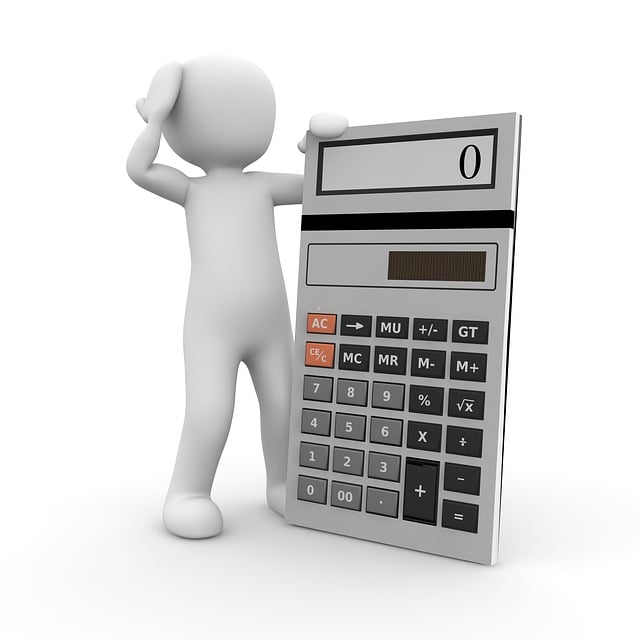
Resources and recommended reading
- Visa exchange rate details — check Visa’s consumer pages for how Visa determines conversion rates.
- Mastercard support on using your card abroad — explains cross-border procedures and potential fees.
- CFPB consumer advice — for U.S.-based consumers concerned about opaque bank fees: CFPB.
- Background on trading strategy and global money movement: see related articles that discuss trading signals, gold and forex considerations, and charting tools that traders and international spenders find useful:
Final checklist before you travel or make a foreign purchase
- Confirm whether your card charges foreign transaction fees.
- Bring at least one no-foreign-fee credit card as backup.
- Decline Dynamic Currency Conversion — pay in local currency.
- Use multi-currency accounts or specialist travel cards if you make frequent foreign payments.
- Keep receipts that show original local currency amounts for auditing statements later.
- When using crypto or exchange platforms as part of your travel payment strategy, compare net costs (including trading, withdrawal, and conversion fees) before committing — consider reputable exchanges such as Binance, MEXC, Bitget, and Bybit for trading and conversion needs via these links: Binance, MEXC, Bitget, Bybit.
Conclusion
How are foreign transaction fees calculated? In short, they are the sum of currency conversion (network rate + any network spread), issuer foreign transaction fees (if applicable), and merchant or ATM operator fees (including DCC markups). By understanding each component, comparing rates, and choosing the right cards or multi-currency services, you can significantly reduce the cost of spending abroad. Always read statements carefully, decline DCC, and use specialized financial tools where appropriate to minimize hidden markups.
If you want help comparing specific card offers or estimating costs for an upcoming trip, tell me the card details and expected spending (currency and amounts) and I’ll calculate a projected cost breakdown for you.